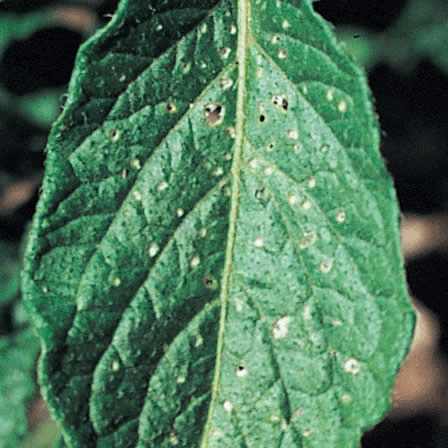- Abamectin
- Acetamiprid
- Alpha-cypermethrin
- Amitraz
- Azamethiphos
- Bifenthrin
- Bacillus thuringiensis
- Carbosulfan
- Chlorfenapyr
- Chlorfluazuron
- Chlorpyfifos
- Clothianidin
- Cypermethrin
- Cyphenothrin
- Clofentezine
- Cyromazine
- Deltamethrin
- Diafenthiuron
- Diazinon
- Diflubenzuron
- Emamectin Benzoate
- Empenthrin
- Fipronil
- Flufenoxuron
- Fenazaquin
- Hexythiazox
- Hydramethylnon
- Imidacloprid
- Indoxacarb
- Lambda-cyhalothrin
- Lufenuron
- Malathion
- Methomyl
- Nitenpyram
- Novaluron
- Permethrin
- Propargite
- Profenofos
- Pymetrozine
- Pyriproxyfen
- Sulfluramid
- Teflubenzuron
- Tetramethrin
- Thiamethoxam
- Thiodicarb
- Trichlorfon
- Triflumuron
Malathion
Other Name: carbophos ; diethyl [(dimethoxyphosphinothioyl)thio]butanedioate ; mercaptothion ;
;
CAS Number: [121-75-5]
Molecular Formula: C10H19O6PS2
Malathion is a pesticide that is widely used in agriculture, residential landscaping, public recreation areas, and in public health pest control programs such as mosquito eradication. it is the most commonly used organophosphate insecticide.
Malathion kills insects by preventing their nervous system from working properly. When healthy nerves send signals to each other, a special chemical messenger travels from one nerve to another to continue the message. The nerve signal stops when an enzyme is released into the space between the nerves. Malathion binds to the enzyme and prevents the nerve signal from stopping. This causes the nerves to signal each other without stopping. The constant nerve signals make it so the insects can't move or breathe normally and they die.
Except for agricultural production, malathion is often used: 1) by home gardeners for outdoor residential uses including vegetable gardens, fruit trees, and a variety of ornamentals; 2) in public health pest control programs for controlling mosquito-borne illnesses.
APPLICATIONS  Biochemistry
Biochemistry
Cholinesterase inhibitor; proinsecticide, activated by metabolic oxidative desulfuration to the corresponding oxon.
Mode of action
Non-systemic insecticide and acaricide with contact, stomach, and respiratory action.
Uses
Used to control Coleoptera, Diptera, Hemiptera, Hymenoptera and Lepidoptera in a wide range of crops, including cotton, pome, soft and stone fruit, potatoes, rice and vegetables. Used extensively to control major arthropod disease vectors (Culicidae) in public health programmes, ectoparasites (Diptera, Acari, Mallophaga) of cattle, poultry, dogs and cats, human head and body lice (Anoplura), household insects (Diptera, Orthoptera), and for the protection of stored grain. Typical application rates for agricultural uses 0.5-1.25 kg/ha. Phytotoxicity Non-phytotoxic in general, if used as recommended, but glasshouse cucurbits and beans, certain ornamentals, and some varieties of apple, pear, and grape may be injured.
Formulation types DP; EC; EW; UL; WP.
Our Technical Material (TC) have the specification as per HZ 3627-1999
| Items | Specification |
|---|---|
| Appearance | Offwhite crystalline powder |
| Content | 95% min. |
| Water | 0.1% max. |
| Acidity (as H2SO4) | 0.1% max. |
GHS complaint Safety Data Sheet (SDS) for commercial product of Cypermethrin is available uopn requested.
